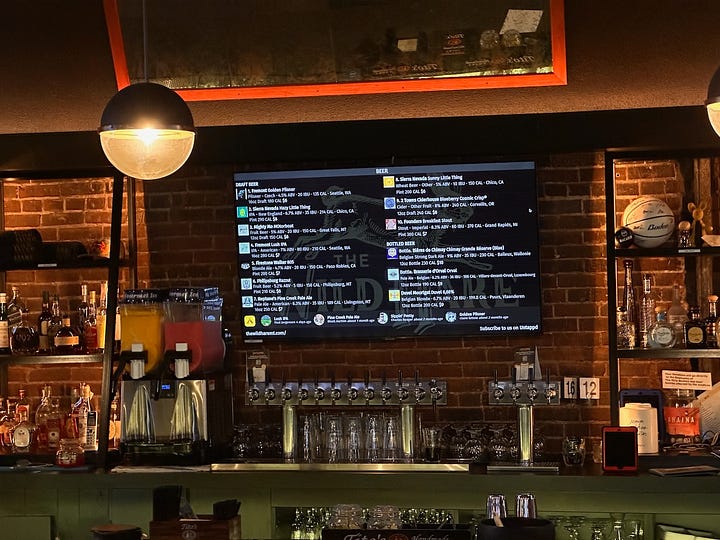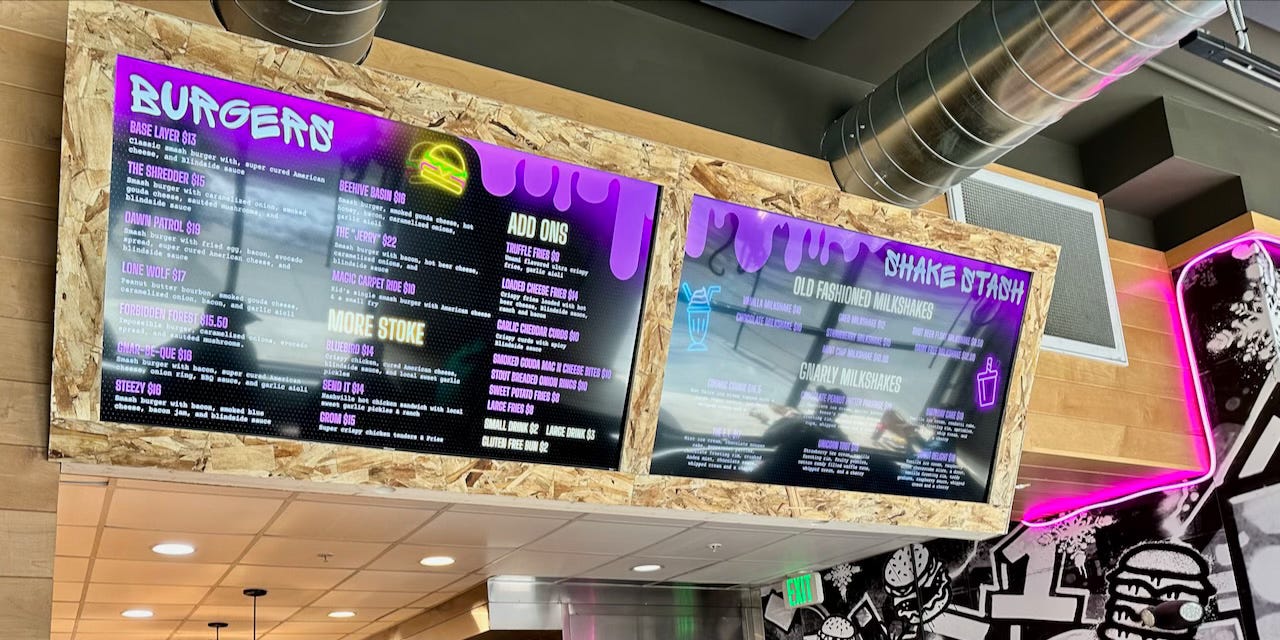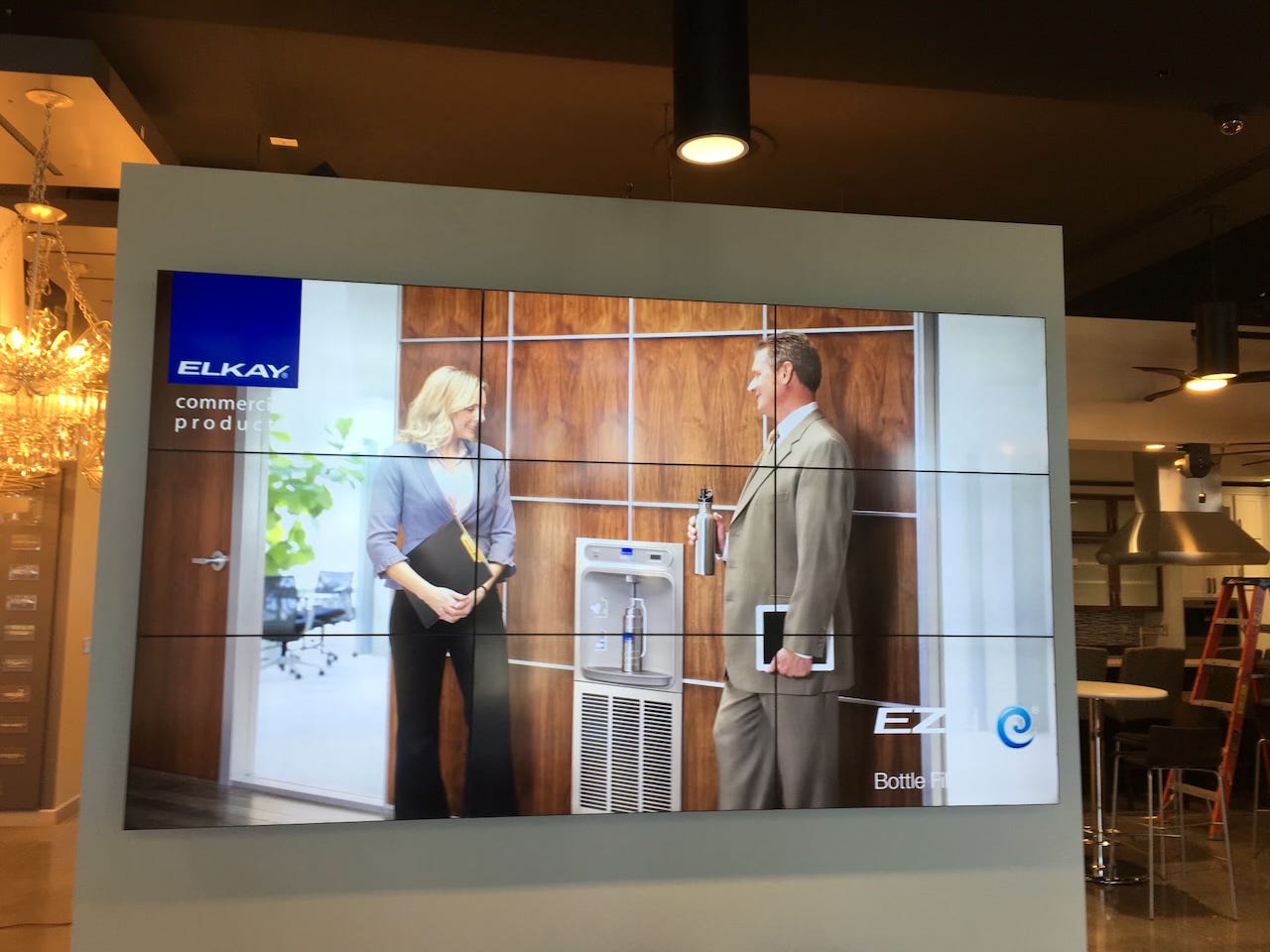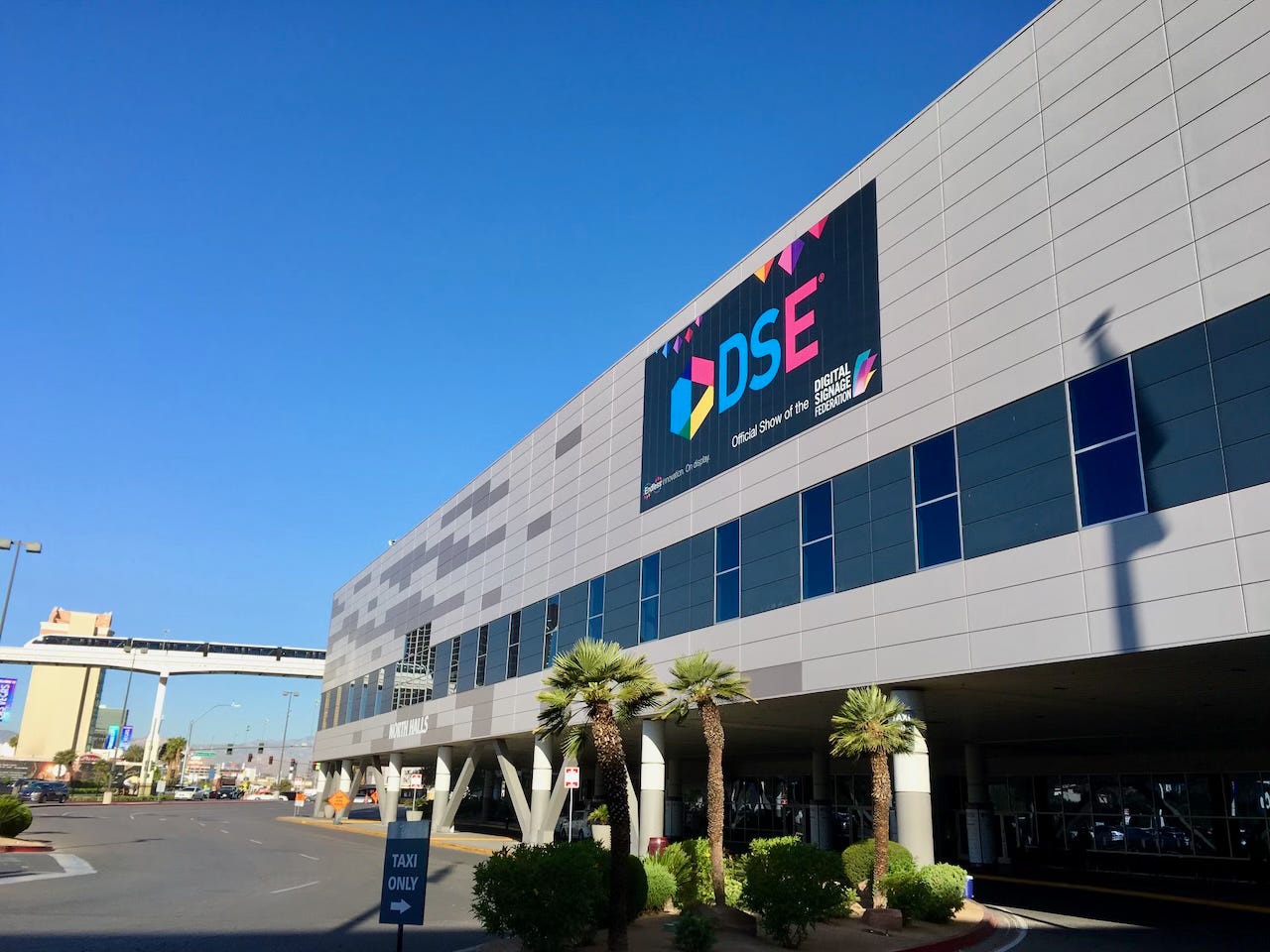What is Digital Signage (and Why Your Business Should Care)
If you’re not using digital signage, you’re leaving attention (and money) on the table.
You’ve seen it everywhere—from the menu at your favorite taco joint to the screen informing you of the latest and greatest products available at your nearest electronics store. Digital signage is quietly taking over the world, and most people don’t even realize it.
But if you’re in marketing or comms, digital signage isn’t just a flashy screen—it’s a strategic communication tool. And if you’re not using it? You’re missing an opportunity to control the conversation right at the point of decision.
At its core, digital signage is the use of screens (TVs, monitors, tablets, LEDs, etc.) to display digital content like ads, announcements, menus, social feeds, HR messaging or live data. These screens are managed remotely using software, which means you can update messaging in seconds without printing a thing.
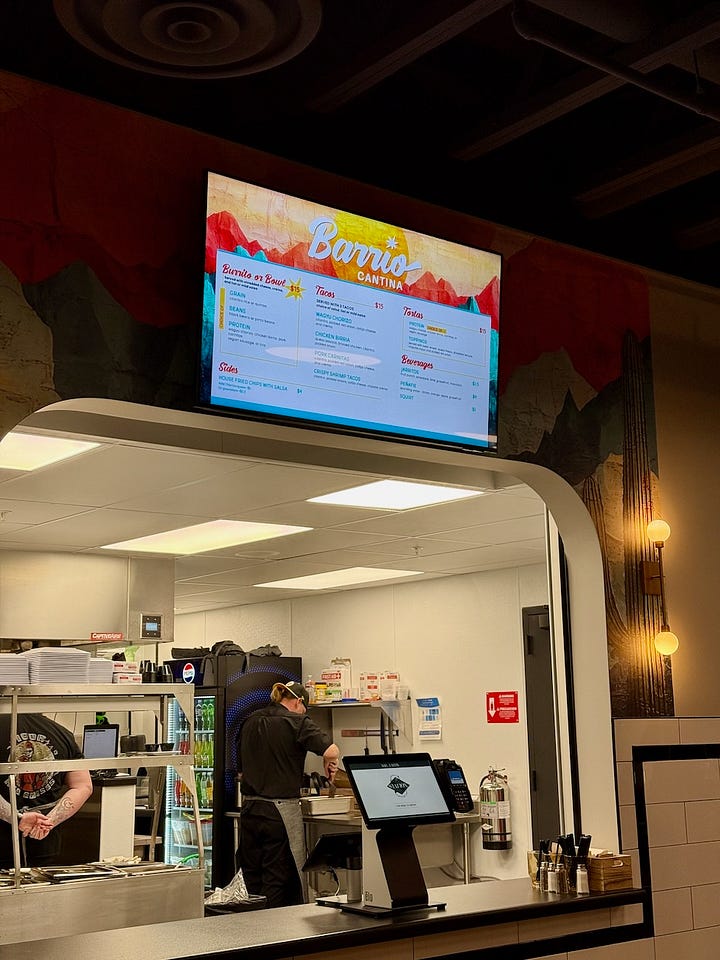

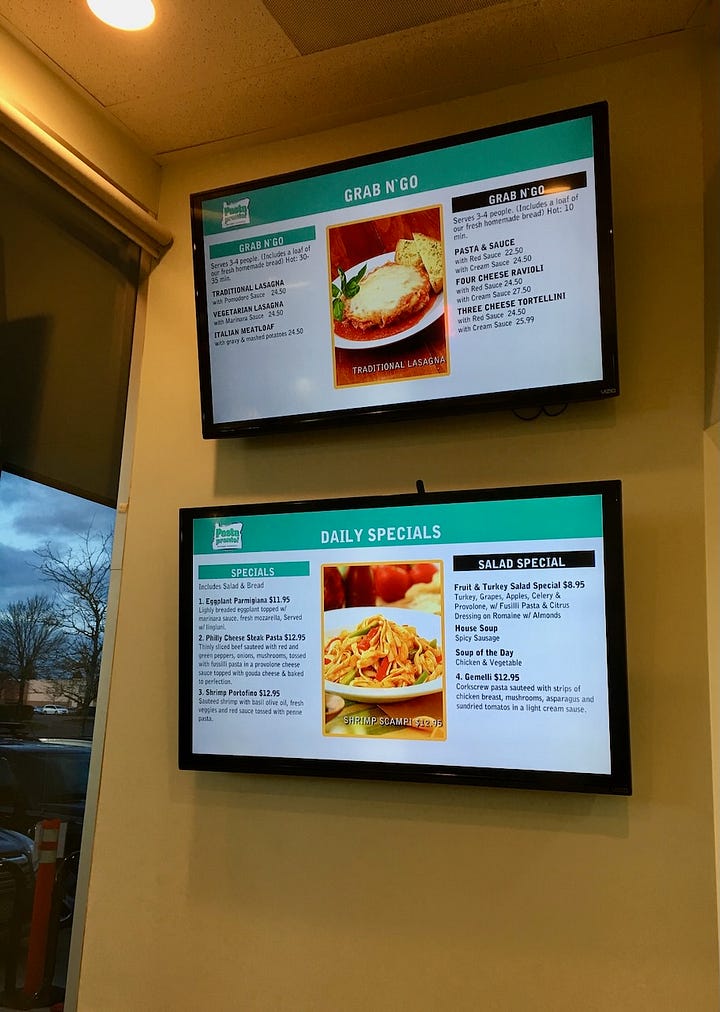
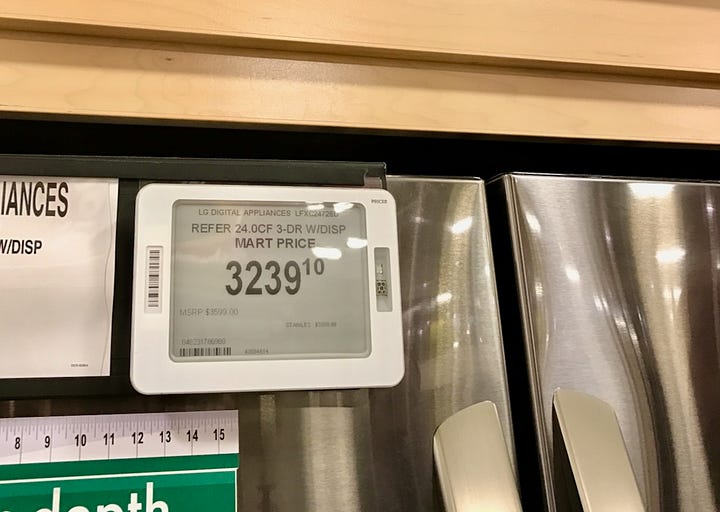
Think of it like your business’s own private broadcast channel—except the audience is already standing in your space, ready to act.
Here’s why smart brands—from mom-and-pop shops to corporate giants—are investing in digital signage:
Instant updates – Change promotions, prices, or messages in real time.
Higher engagement – Motion + visuals = attention-grabbing.
Cost savings – No printing, no waste, no outdated posters collecting dust.
Consistency – Maintain brand control across multiple locations.
Data integration – Show live stats, KPIs, weather, inventory, or news.
Efficient internal communications — Get information to non-wired employees easily and effectively.
In short, digital signage turns your space into an experience—and lets you speak directly to customers or employees in the moment that matters.
In the real world, digital signage is effective in:
Retail: Flash sales triggered by time of day or weather? Done.
Restaurants: Dynamic menus that switch from breakfast to lunch with zero manual effort.
Corporate: Internal dashboards showing KPIs, safety alerts, or HR updates across departments.
Events: Real-time updates, wayfinding, and sponsor visibility that actually looks professional.
As an added bonus, you don’t need a Times Square budget. Most modern signage platforms are subscription-based and scalable—perfect for small businesses and lean marketing teams.
So how does it all work? At a basic level, digital signage includes three parts:
A screen – TV, monitor, tablet, or display.
A media player – This could be hardware or an app installed on a smart TV.
Content management software (CMS) – Where you upload, schedule, and manage your content.
Some platforms even allow remote scheduling, real-time updates, and integration with your CRM or data feeds.
If you're already managing social posts or email campaigns, using digital signage software will feel familiar—just with a bigger impact in real life. Alignment between all digital channels is easier than you think. Email and social campaigns can be repurposed for digital signage.
After 25 years in marketing I’ve seen digital signage evolve from “cool gimmick” to essential tool. I’ve built signage networks for corporate offices, national branch networks, and small local businesses, and the ROI is real when it’s done right. A great place to start is at the Digital Signage Experience in San Diego. I attended several times back when it was in Las Vegas and can attest to the fact that it’s a great place to get ideas and to meet industry experts.
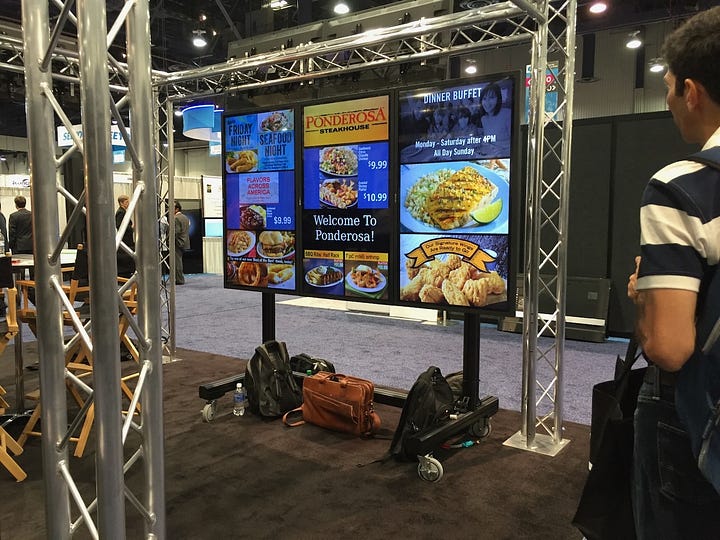
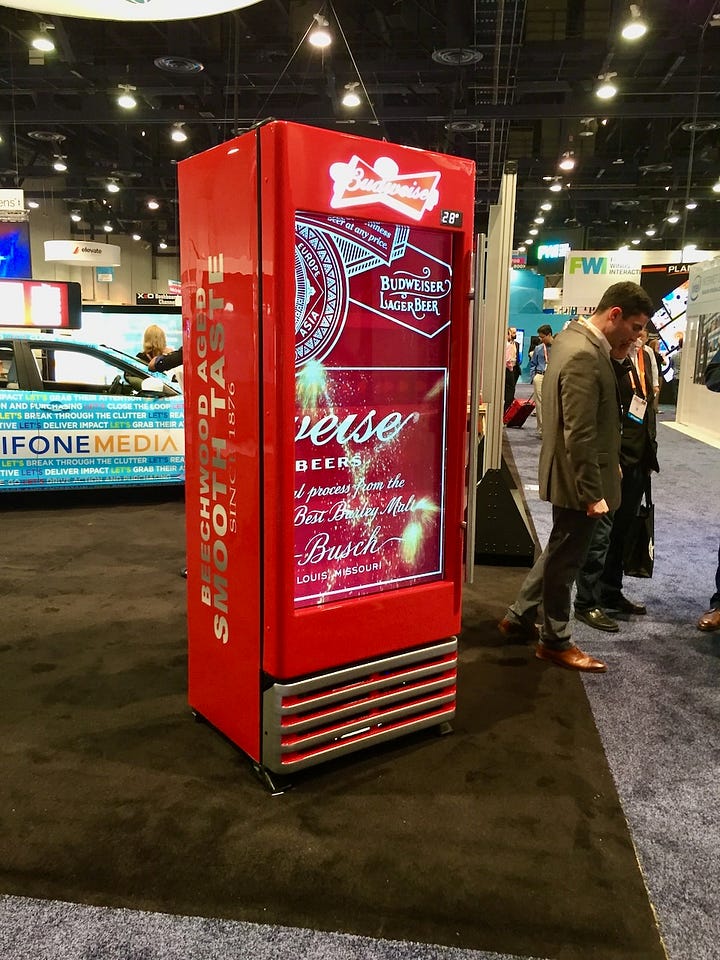
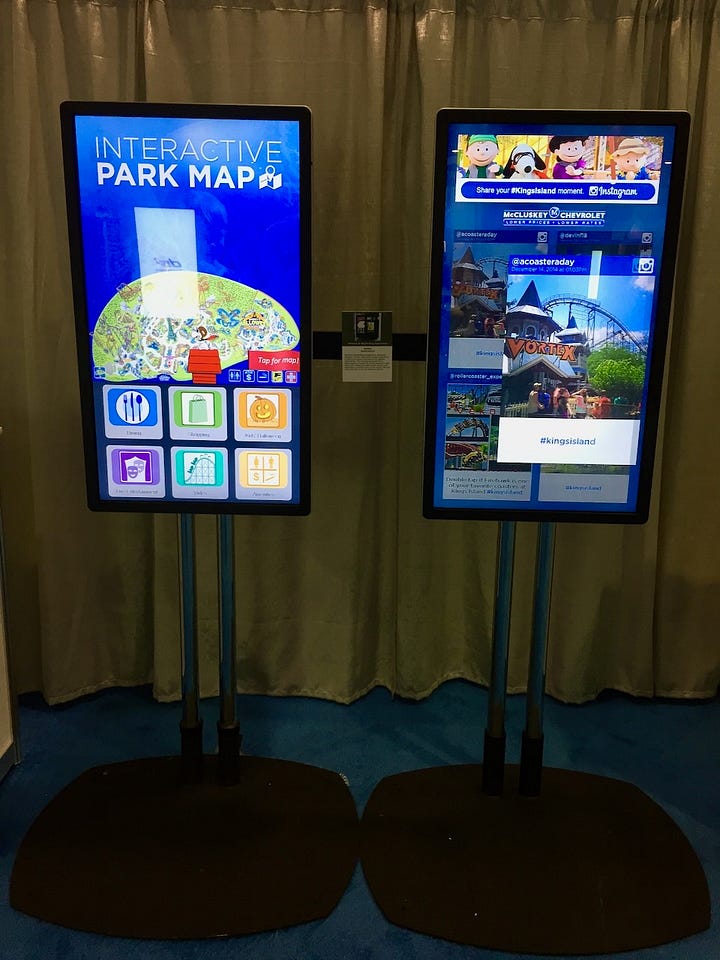
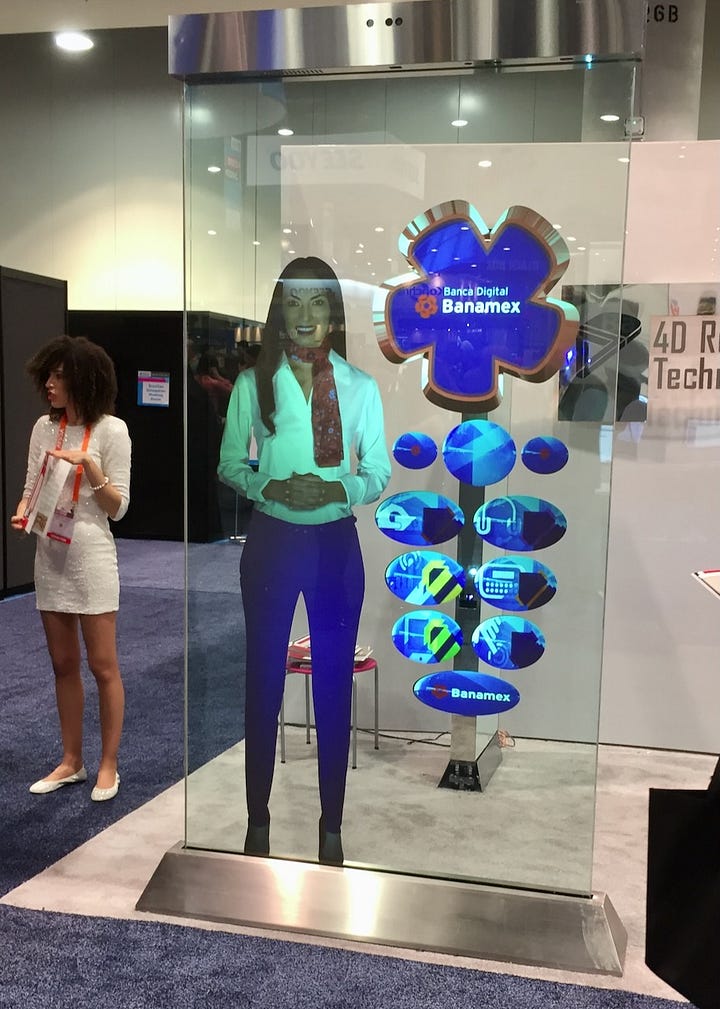
This is one of those rare intersections of design, strategy, and operations where the payoff shows up on the floor—not just in a spreadsheet. In fact, the best measurement tool is employee feedback. They are on the front lines witnessing first-hand the impact digital signage has on your customers.
If you’ve been wondering whether digital signage is worth the effort, the answer is: yes—especially if you want to connect with your audience in real time.
What is you favorite example of digital signage in the wild? I’ll go first: Any pub that has digital signage displaying what’s on tap in real-time.

